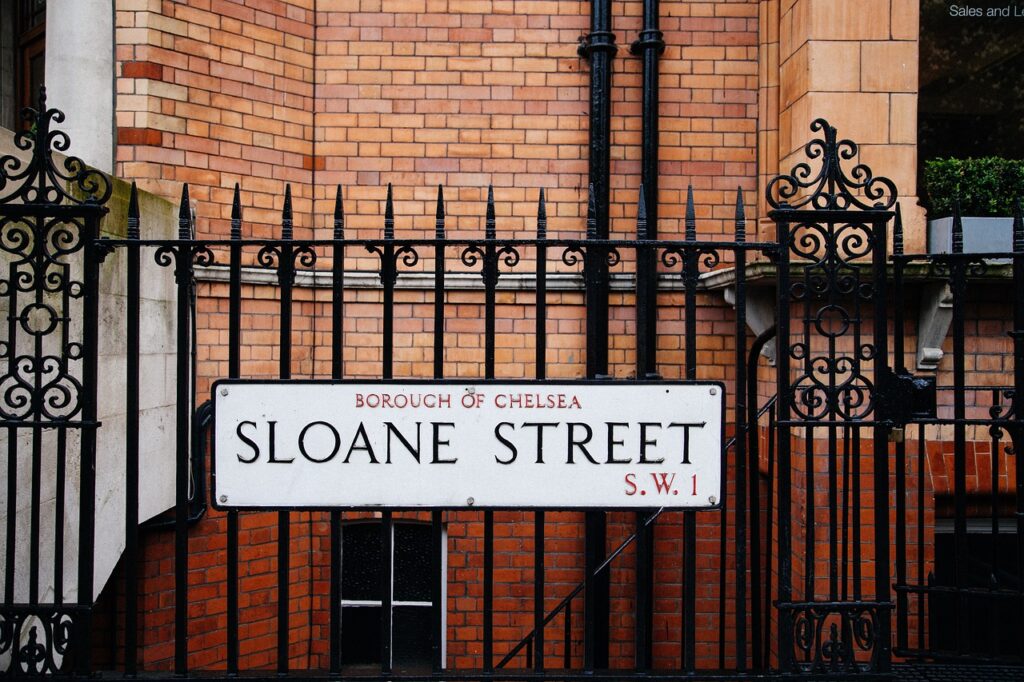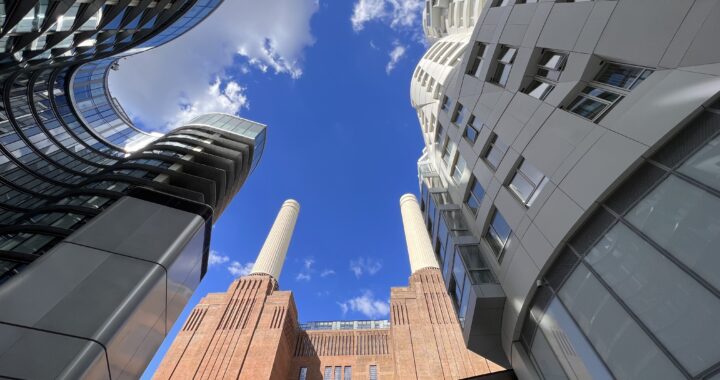Exploring the feng shui of Chelsea, London, provides a unique opportunity to apply the ancient principles of feng shui to a contemporary urban environment. Chelsea, with its rich history, architectural variety, and vibrant natural landscapes, serves as an intriguing case study for examining how feng shui can enhance the well-being and environmental harmony of urban dwellers.

Chelsea London
Feng shui, an ancient Chinese art and philosophy, aims to harmonise individuals with their surrounding environment through the meticulous arrangement and orientation of space. Central to feng shui is the concept of qi (chi), the flow of energy or life force that binds the universe, earth, and humanity together. The practice involves the strategic placement of elements and objects to optimise the flow of qi, which, according to Chinese metaphysics, influences the health, wealth, and personal relationships of the inhabitants.
Chelsea, a prestigious neighbourhood in West London, presents a blend of historical and modern elements, creating a dynamic canvas for feng shui principles. The area’s distinct Victorian and Georgian architecture, coupled with its modern developments, offers a unique challenge and opportunity for implementing feng shui in a way that respects both its historical roots and contemporary lifestyle.
The Role of Natural Elements
In Chelsea, the proximity to the River Thames and abundant green spaces, such as the Chelsea Physic Garden and Battersea Park, aligns well with feng shui’s emphasis on integrating natural elements into living spaces. Water, representing wealth and prosperity in feng shui, is a key element of Chelsea’s landscape. Strategically utilising the river’s presence could enhance the qi flow, potentially boosting the area’s affluence and the well-being of its residents.
Continue reading →


